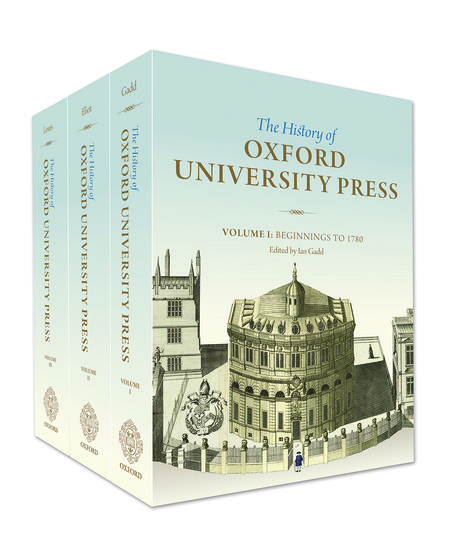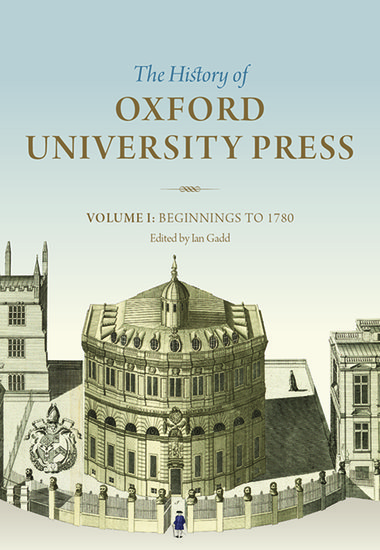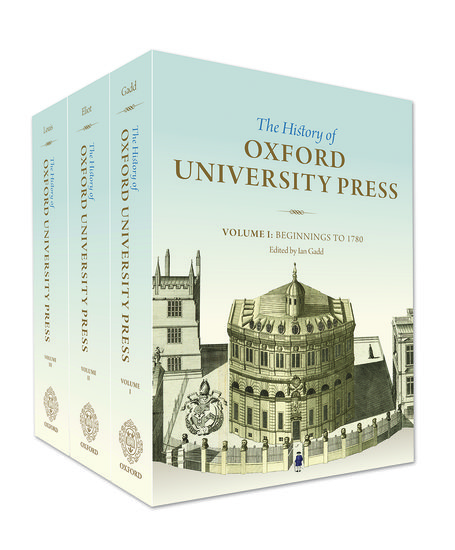Oxford University Press faces up to the Nazis
By Simon Eliot
Ever since the end of the First World War Oxford University Press had been keen to re-establish some sort of presence in the German book trade. Germany had been a significant market for its academic books in the nineteenth century, and a number of German scholars had edited Greek and Roman texts for the Press. Nevertheless the depressed state of the German economy and the uncertainty of its currency had made this impossible in the first few years after 1918.



